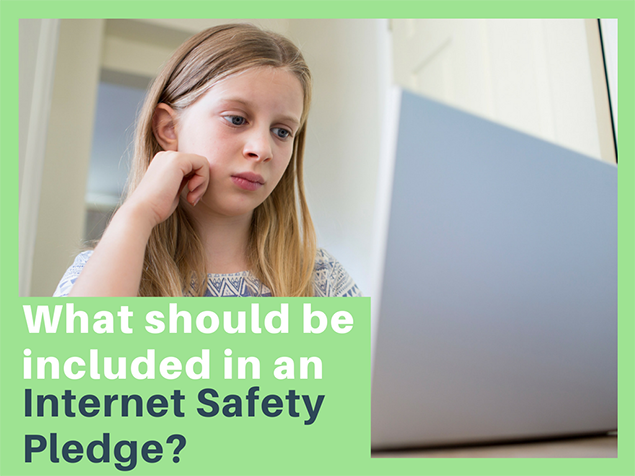Secure Students’ Digital Safety with Internet Safety Pledges
Posted by Network Support · Leave a Comment
Secure Students’ Safety with Internet Safety Pledges
Reports of the internet’s risk to students’ digital safety and security have strengthened the need to guide students to be digitally responsible citizens. It is important, therefore, to educate students on the guidelines of digital safety. Students can be responsible for their own digital awareness and behavior through the implementation of internet safety pledges.
Internet Safety Pledges
Internet safety pledges are contracts that list the actions necessary for being a responsible digital citizen. Students can be instructed to put their signature on their copy of the pledge as a symbol of agreement.
The most important part of the pledge is what goes into it. To make the pledge straightforward for students, teachers can use the SMARRT method to frame the pledges. The acronym SMARRT helps teachers to remember the key rules that ought to be included in the pledge, such as:
S- Safety Rules: This includes the safety actions for students to follow, such as:
- Protect devices using passwords.
- Do not divulge personal information and passwords to others.
- Refrain from posting information and pictures which may be exploited by others.
- Refrain from reacting or responding to any digital attacks.
- Save evidence of any online abuse.
M- Meet: Students should avoid meeting online strangers in real life. If any individual attempts to solicit a student for such encounters, students should inform their parents/guardians or teachers.
A- Accept: Students should be careful when accepting or opening:
- Emails or messages from unknown sources.
- Downloading pictures or files from unknown sources, which may contain malware that can corrupt devices.
- Friend requests from unknown individuals.
R-Reliability: Not all information found online is reliable. Students should consider this when:
- Accessing different websites and social media platforms.
- Purchasing or downloading applications or games from reliable sources.
R-Respect: Just as in real life, students should remember to respect others in the digital world. They should refrain from:
- Using inappropriate language in social media sites.
- Posting or forwarding information that might embarrass, threaten, or hurt others.
- Engage in bullying behavior or support bullies.
T-Tell: Inform parents/guardians or teachers about any unwanted or inappropriate contact or actions faced online.
Commitment to following these rules can keep students safe online and provide them with a positive digital experience.
Like this article for teachers?
Browse the Professional Learning Board COURSE CATALOG to find related online courses for teachers in your state. Professional Learning Board is a leading provider of online professional development classes that teachers use to renew a teaching license or renew a teaching certificate.





